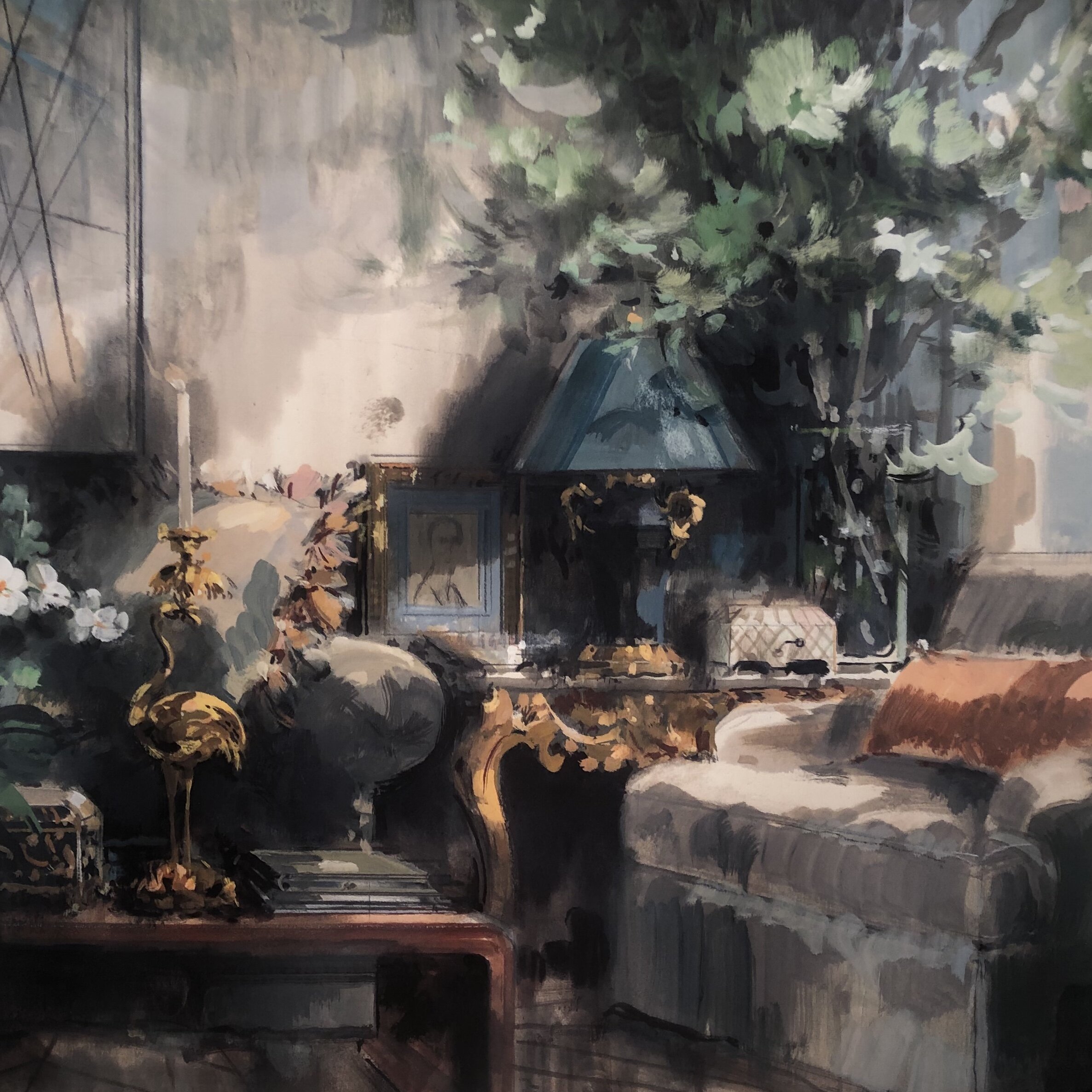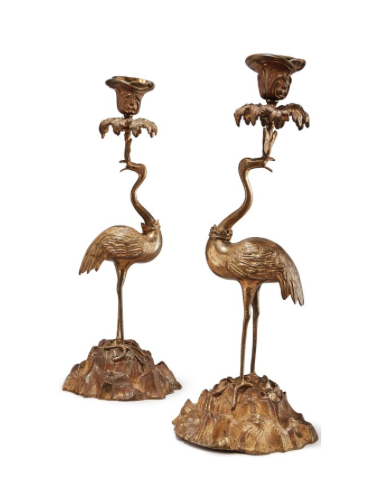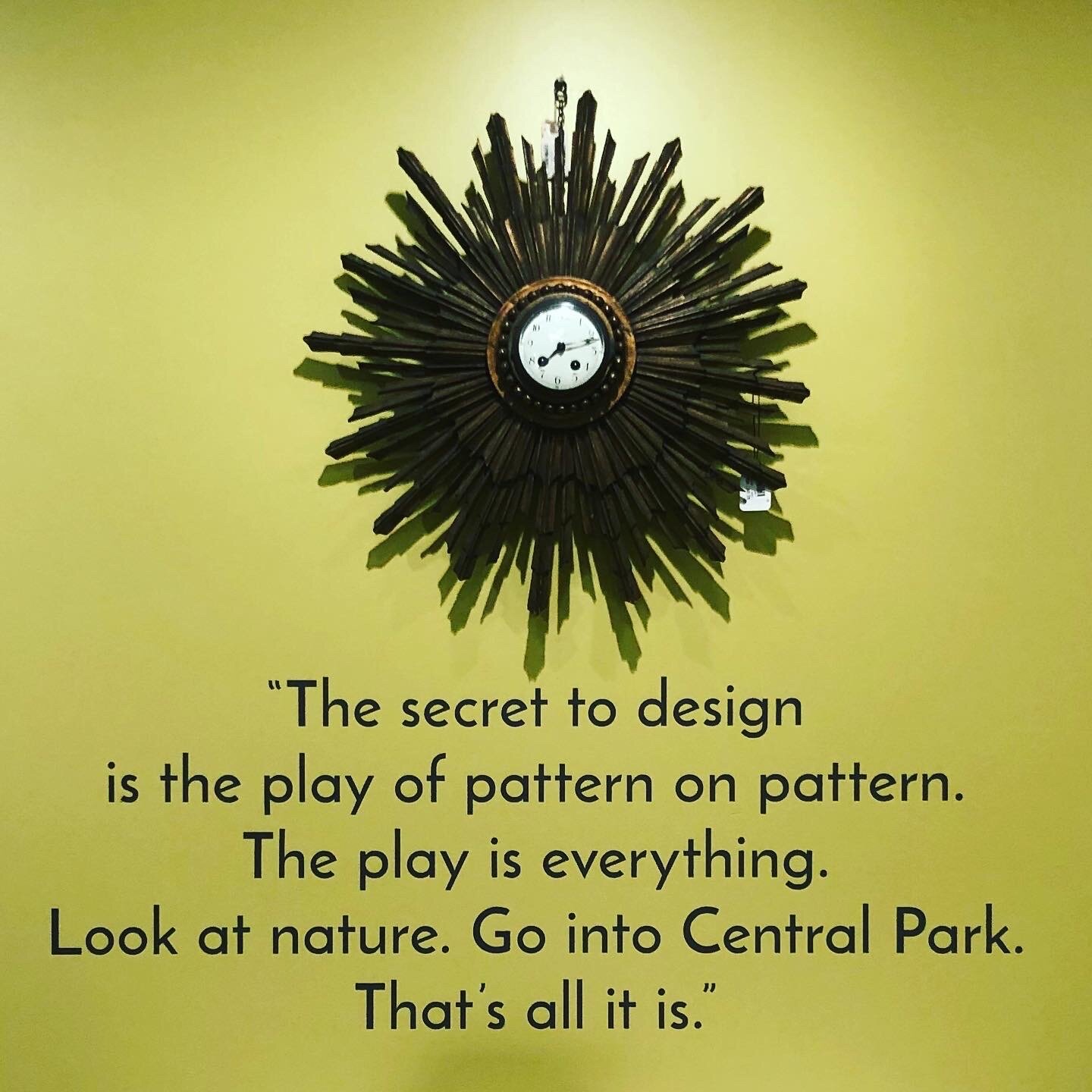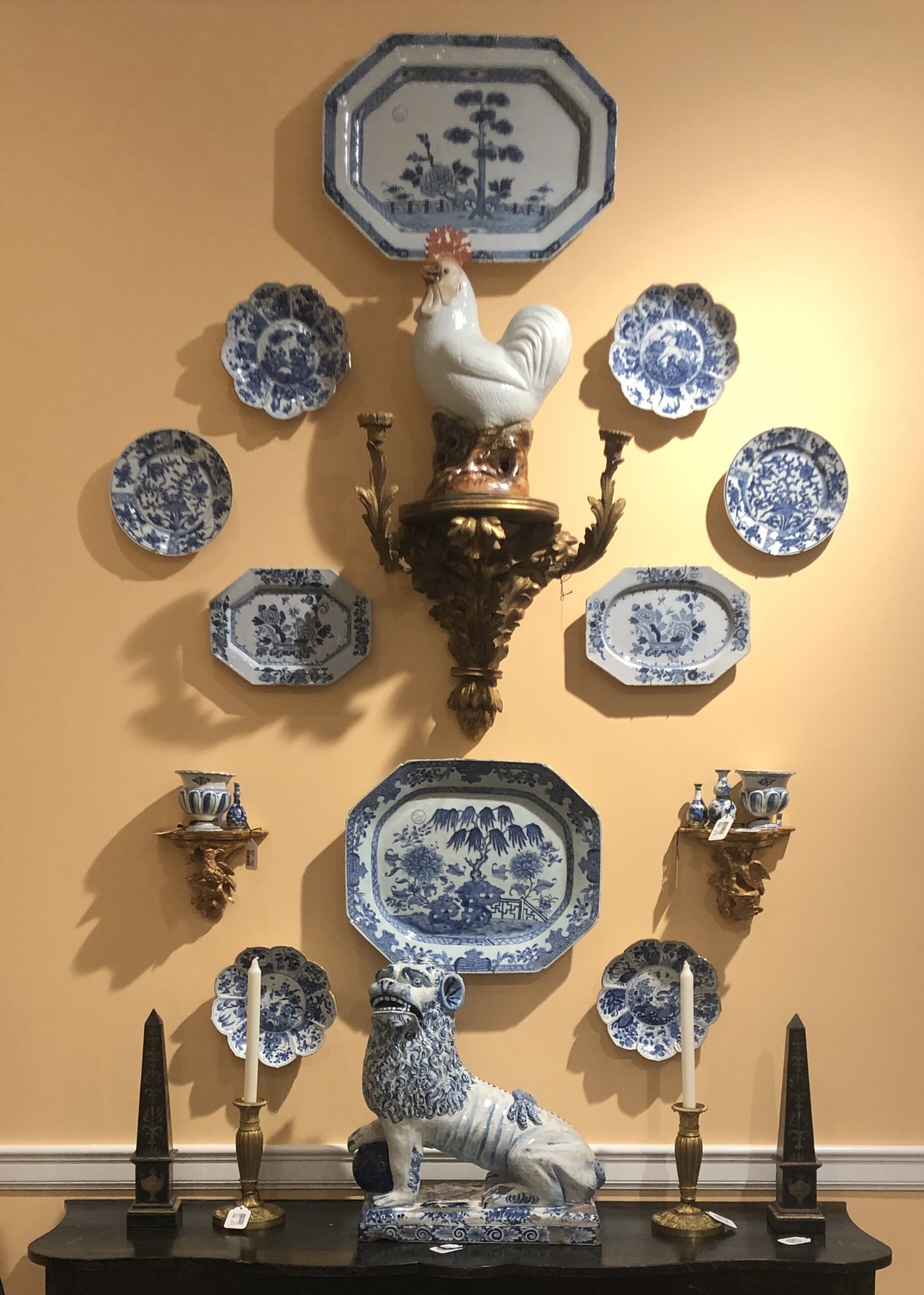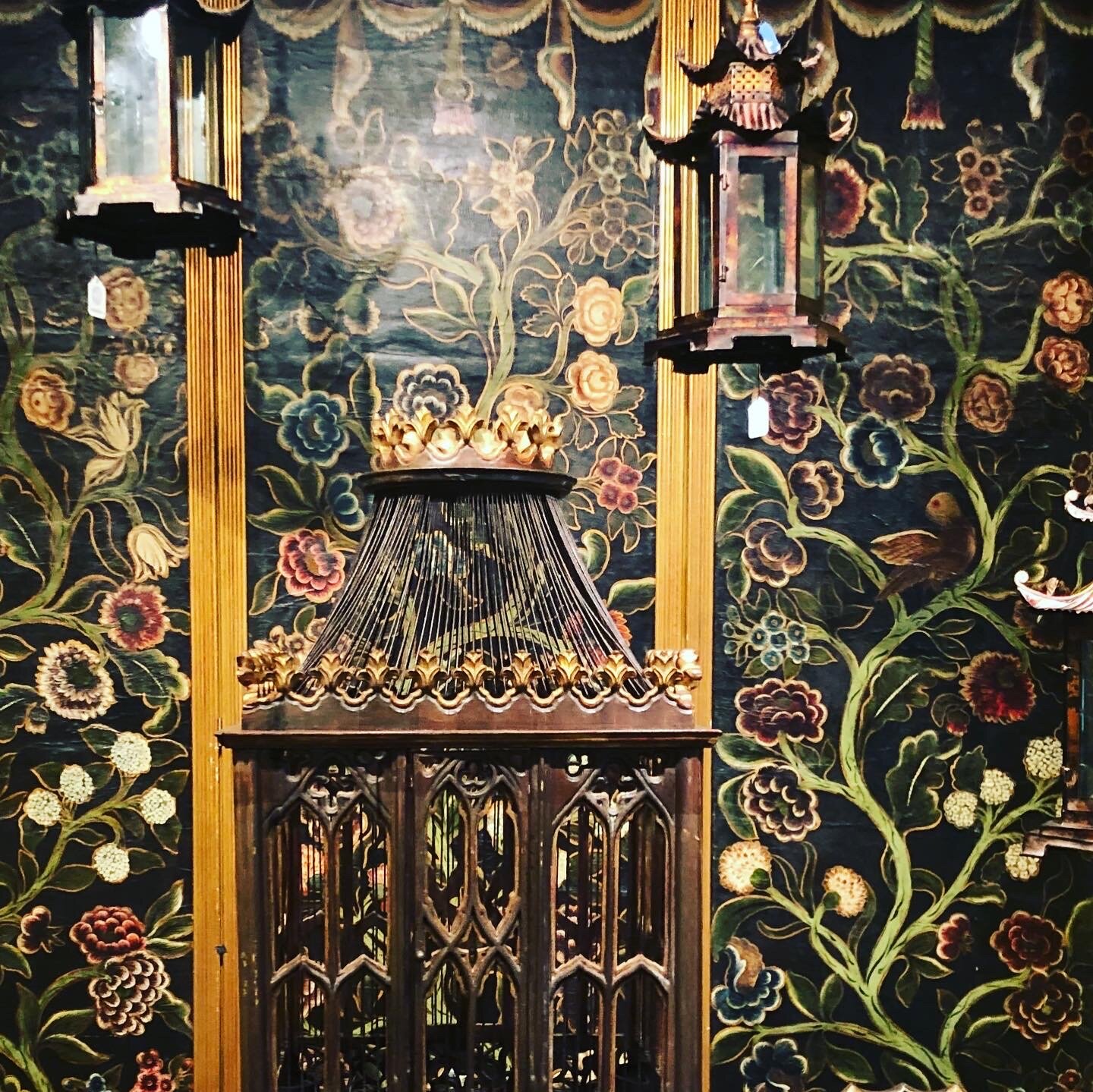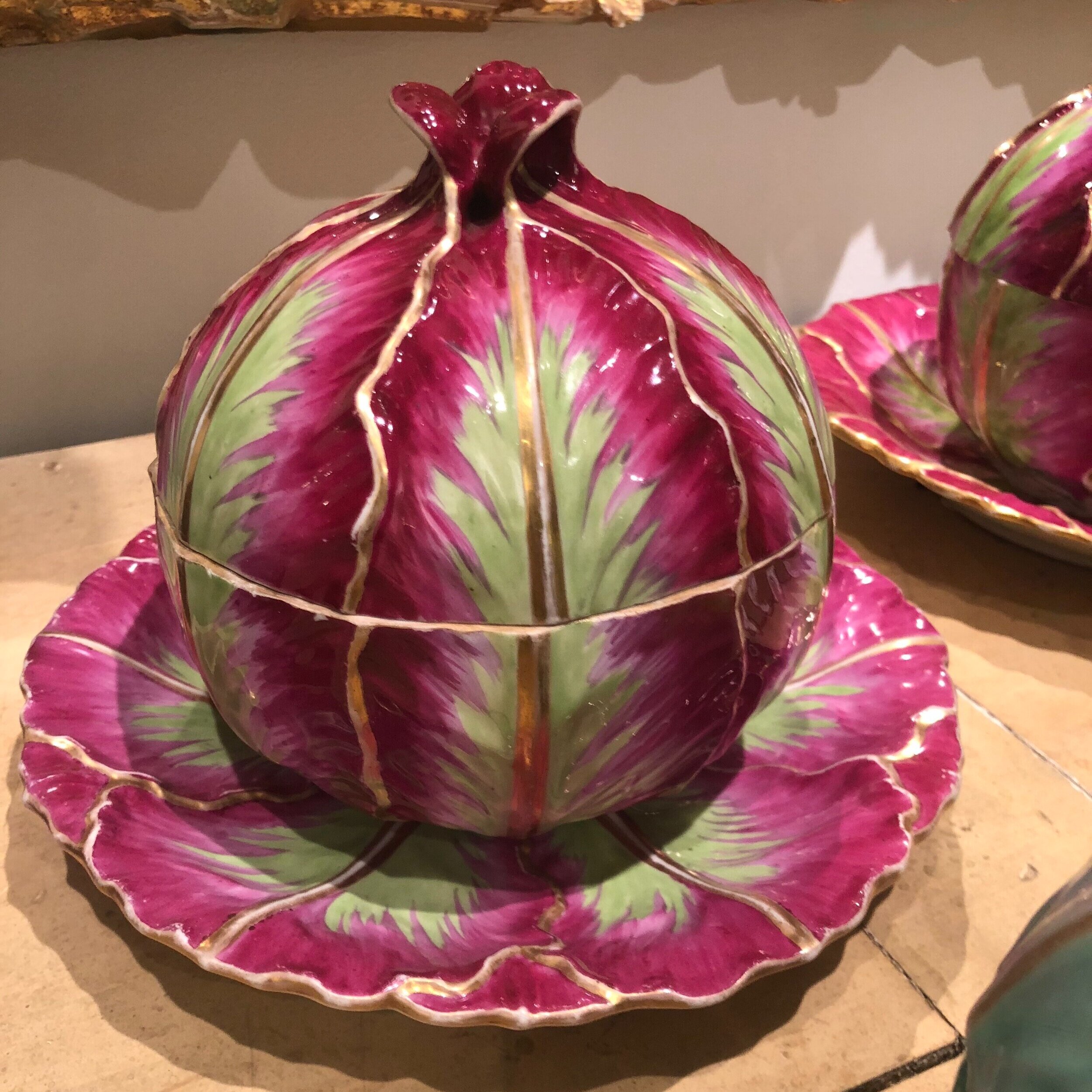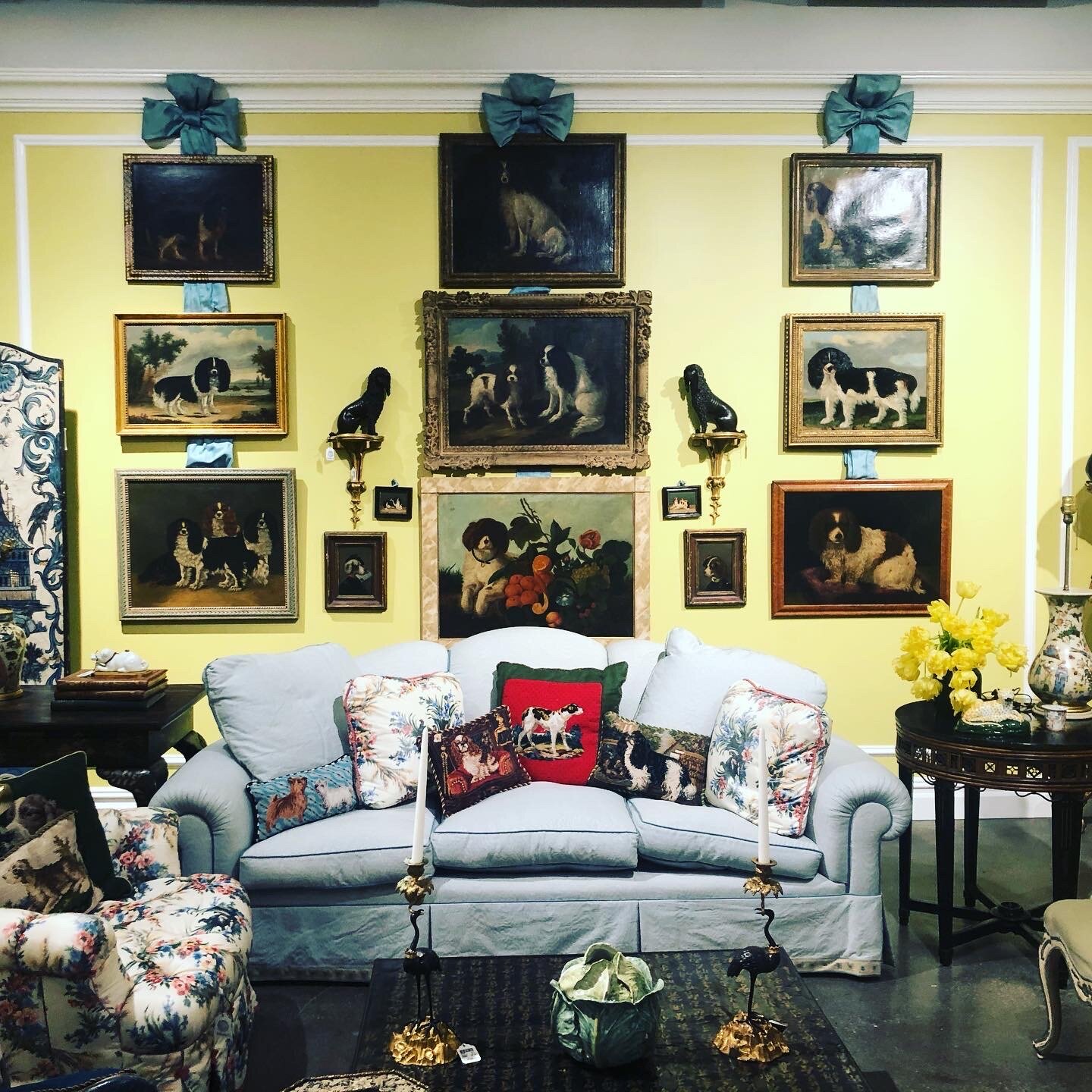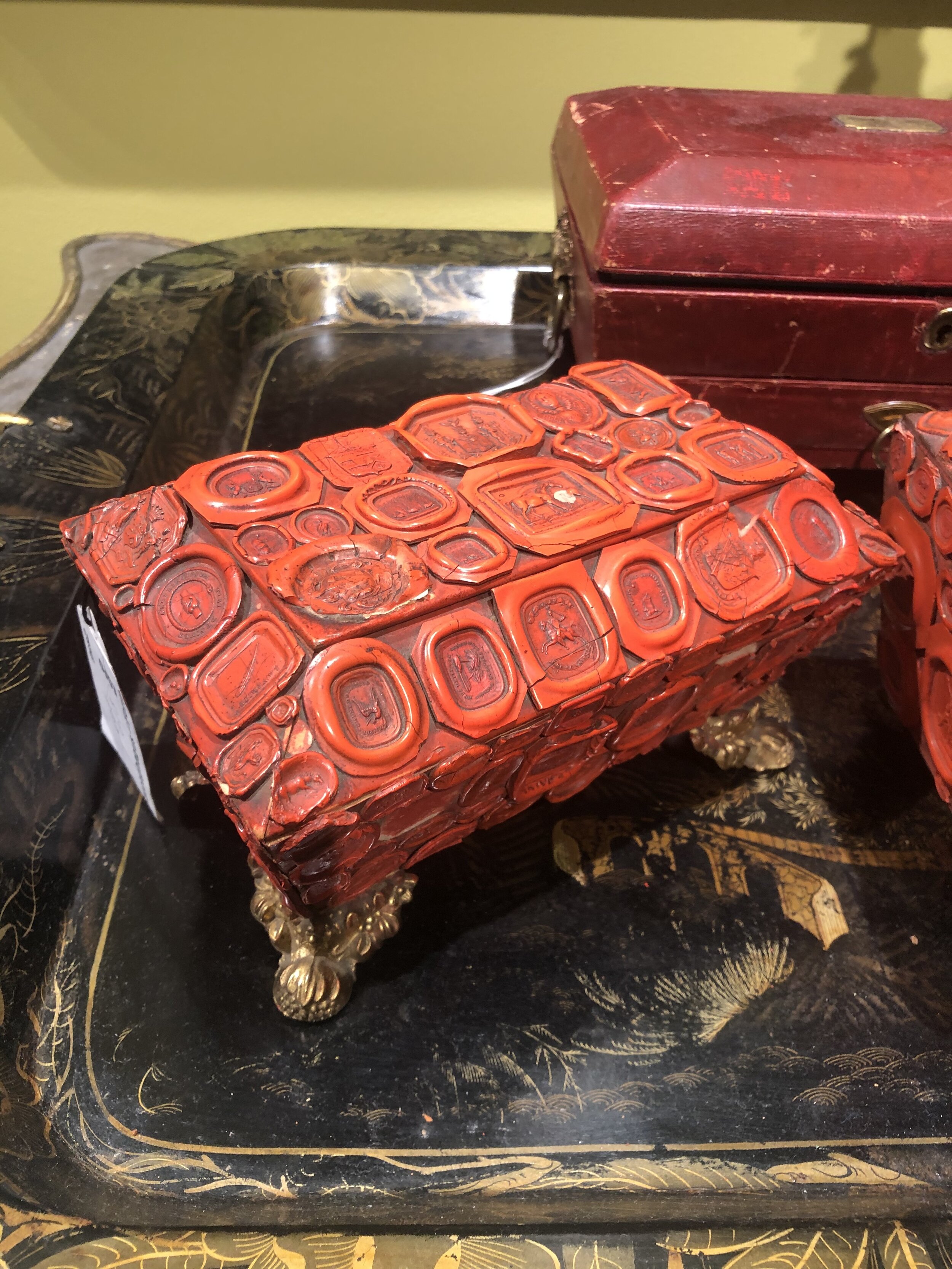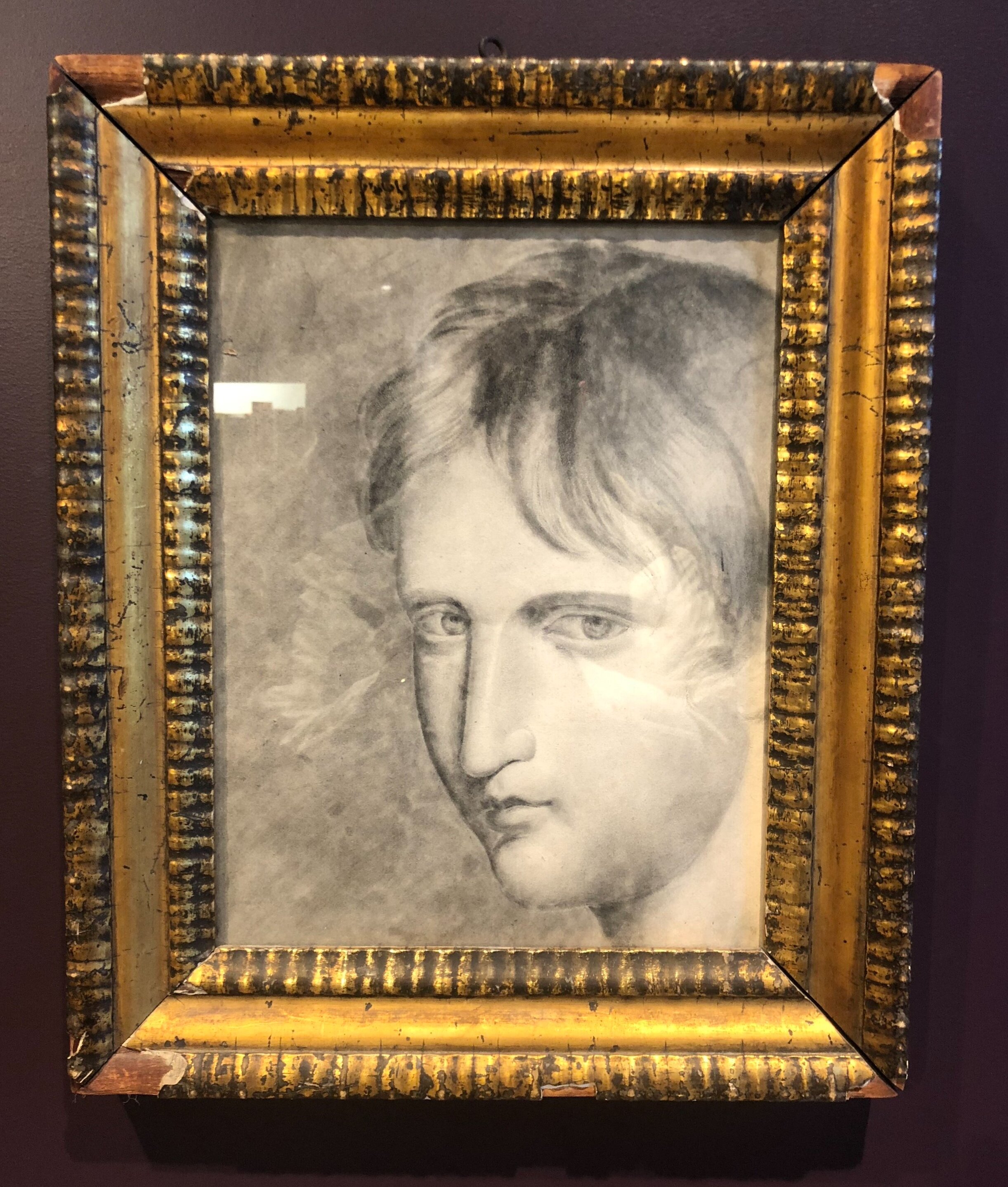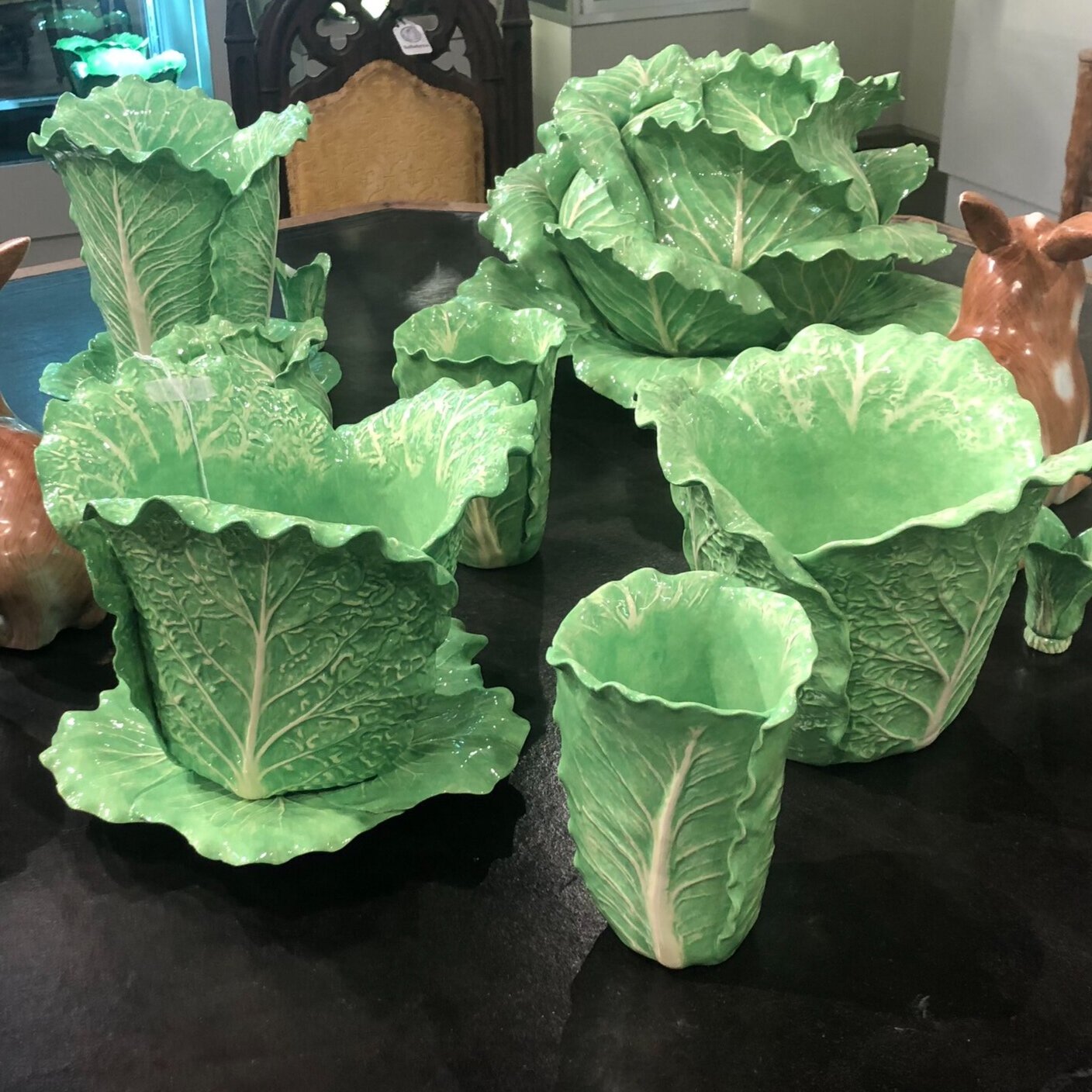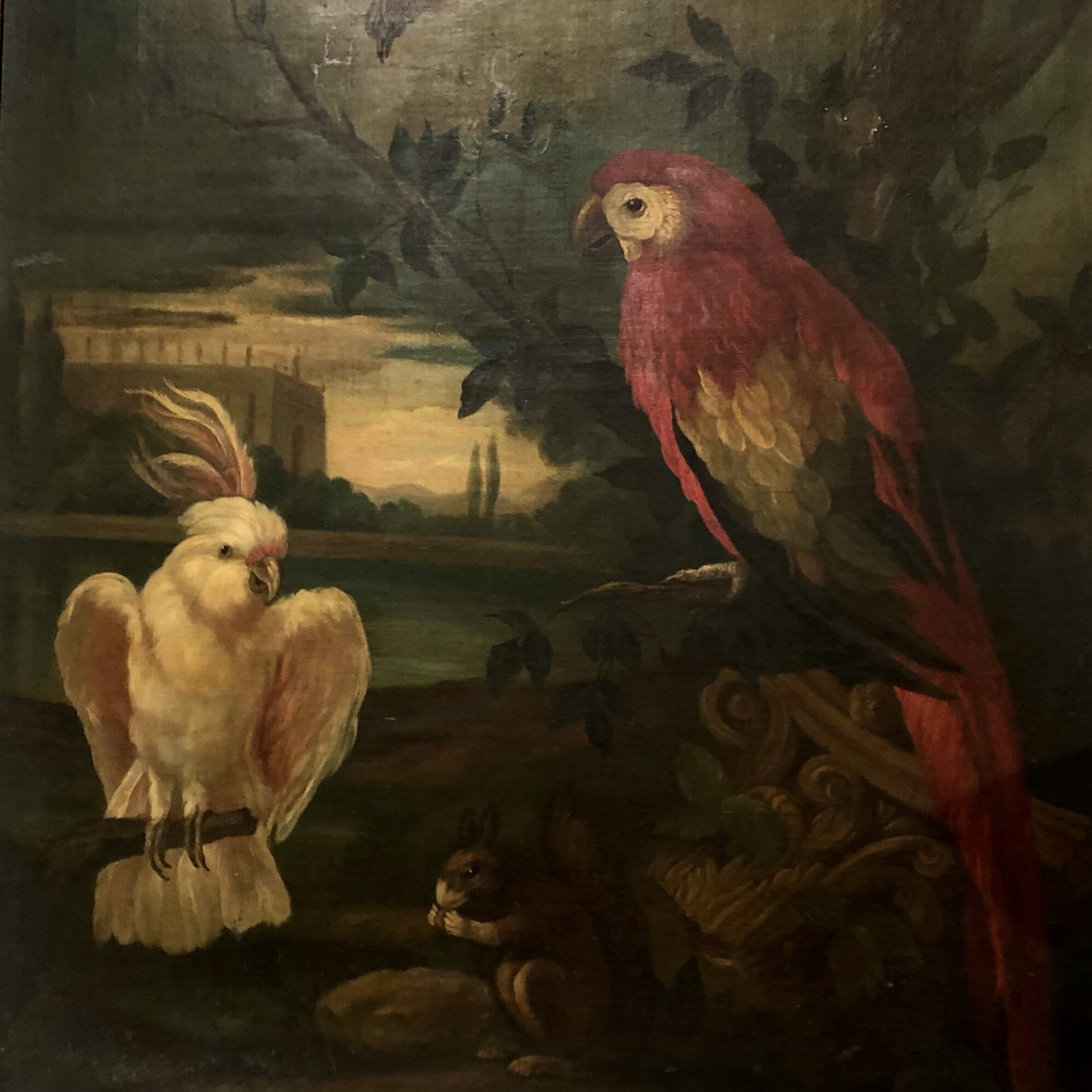Mario Buatta: The Collector Revealed.
/I first met Mario Buatta at Christie’s in the early 1990’s, when he was an active buyer on behalf of his clients in the English furniture sales. Hilarious, generous, and colorful, Mario was always on the lookout for the rare and the delightful. He was drawn to color, and understood that well-selected mini-collections made a stronger visual impact than individual objects.
His home was an amazing advertisement for his work — elegant, comfortable, and colorful. It was an English country house in a funhouse mirror’s reflection. Heavy walls of formal portraits were replaced by dog portraits (“My ancestors,” he would note, waving at the pictures). His understanding of scale was extraordinary, and his apartment, while comparable to the best of British country interiors, did not feel precious, pretentious, or theatrical. They were rooms for living, not museum settings.
Buatta’s living room, recreated at Sotheby’s.
In the recent Sotheby’s sale in New York, his exceptional eye was in evidence everywhere. I noted with real pleasure lots 611 through 616 which were a selection of boxes veneered with red wax intaglios, and a pair of small obelisks similarly decorated. The individual impressions were spectacularly clear, and the fact that they had been used in a mosaic-veneer method was exceptional, especially when a group of them were gathered. To find one piece like this is rare — to find several, a real feat of collecting. Estimated at a high total of $6,600, the combined collection totaled over $25,000
I was also impressed by a group of 11 sulphur-green Chinese brush pots from the Qing Dynasty. These very typical forms are made unusual by the unique color, presented in a large group. This kind of “pop”of acid color in an interior is pure Buatta. Estimated at $1,000 - 1,500, the collection sold for $23,750.
There were a few things I wanted for myself. I thought that I might get away with the pair of gilt ostrich candlesticks which were also pictured in a Jeremiah Goodman watercolor of Mario’s apartment. No such luck. Lot 597, a pair of gilt-bronze ostrich candlesticks, estimated at $800-1,200 sold for $15,000.
The late Robert Wooley used to say “once is a fluke, twice is a trend, three times is a market.” I think that the Buatta sale and the upcoming Jayne Wrightsman sale will start to prove that people want to live with exceptional decorative arts again, and that living beautifully is coming back.






